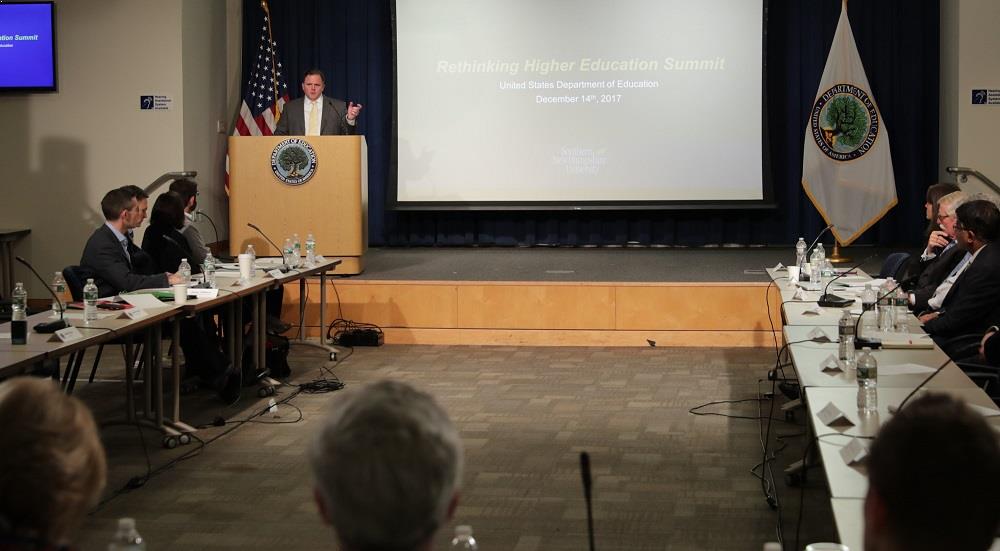One state tries to close the odd divide between what students learn and employers need. David Andy went to college after graduating from high school, spent his first two semesters drifting through introductory classes, then was told to pick a major. That was when he had an unfortunate epiphany: He had no idea what he was doing there. “I just didn’t like anything,” said Andy. “Nothing stood out to me.” He didn’t know what he’d do in real life with, say, a degree in English. “Th....
Read MoreSeveral thousand companies offer tuition assistance programs as a fringe benefit for employees who want to further their college studies. The tax treatment of these Employer Educational Assistance Programs (IRS Section127) can be tax-deductible to the employer and also tax-free, up to $5,250 per year, to the employee. The Tax Relief Act of 2001 extended this benefit to students enrolled in graduate-level studies. Employers are not required to offer educational assistance to employees. Howeve....
Read MoreAs final admissions deadlines loom for high school seniors, a new tally shows that more than 1,000 accredited, four-year colleges and universities now will make decisions about all or many applicants without considering ACT or SAT test scores. The National Center for Fair & Open Testing (FairTest), the leader of the test-optional movement, released the milestone count. Half of the U.S. News “Top 100” liberal arts colleges are on FairTest’s list of test-optional schools. So are a maj....
Read More“We need to question everything; to look for ways in which we can improve, and embrace the imperative of change. At the end of the day, success shouldn’t be measured by how much ivy is on the wall,” said U.S. Education Secretary Betsy DeVos. “It should be determined by how you’re educating and preparing students for today’s and tomorrow’s challenges.” Setting this tone of innovation, Secretary DeVos welcomed over 20 education leaders from across the nation to the Education Innov....
Read More


